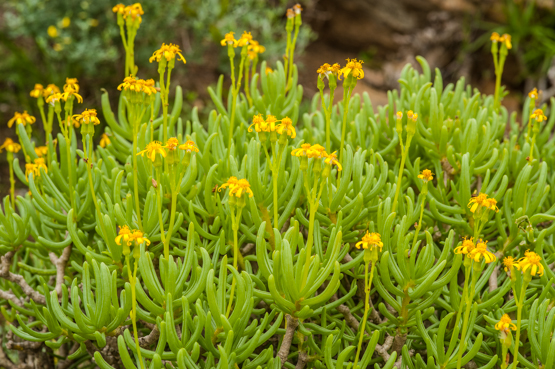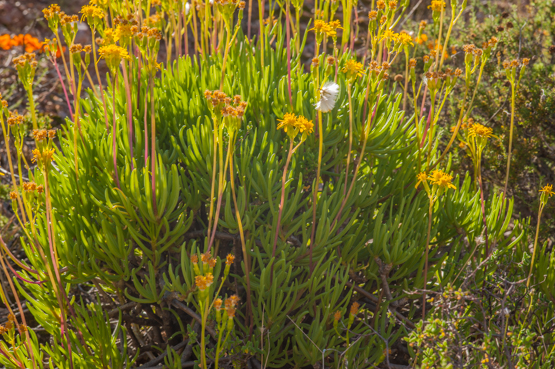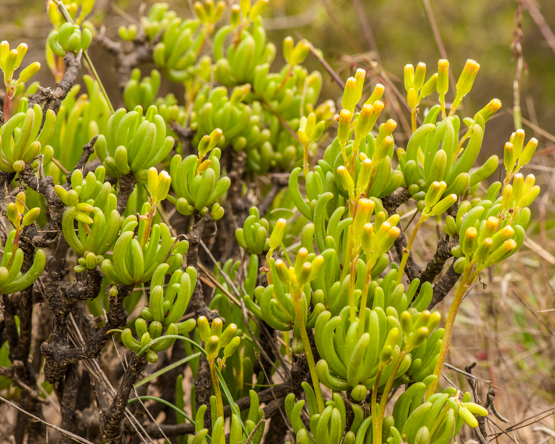When the Swiss botanist Augustin de Candolle described this species in 1838, he apparently saw a likeness to a Cotyledon. But when I ran through the mental pictures of Cotyledons that I know, I wondered what resemblance he could have had in mind. So, some detective work was called for.
Did de Candolle compare his new species to a plant that at that moment was incorporated in Cotyledon, but now belongs in another genus? That is certainly a possibility, as no less than 471 plant names have been associated with the genus at some stage.
On the other hand, looking through “Cotyledon and Tylecodon” by Van Jaarsveld and Koutnik, it struck me that some narrow-leaved forms of C. orbiculata could well have been the inspiration for de Candolle’s name. Let’s not forget that he probably knew many plants from descriptions or at best from black and white drawings, rather than from live material. In the book I just mentioned, there are a few reproduction of old illustrations. One dates back to 1701 and represents Cotyledon africana frutescens, folio longo & angusto…. ( the shrubby Cotyledon from Africa, with long, narrow leaves), which is now known as C. orbiculata var. spuria. This picture may well have spurred (pun intended) the author to use his epithet.
Well, enough of historical speculation, let’s move to present-day reality.
S. cotyledonis is a shrub of up to 1 m tall, with thickish stems and succulent triangular to almost round leaves up to 5 cm long and about 3 mm wide. The leaves give off an unpleasant smell when damaged, which is why it is called stinkbos in Afrikaans.
The plants flower in spring. They are widespread from Namibia to the eastern part of the Little Karoo. Usually they are found on dry stony slopes, but sometimes they are abundant in clayey soils.
To be continued.



Thank you for the great information and research. The photographs are excellent. Do have a look at http://www.wildlifeden.com I think it would be nice to link up if you are interested.